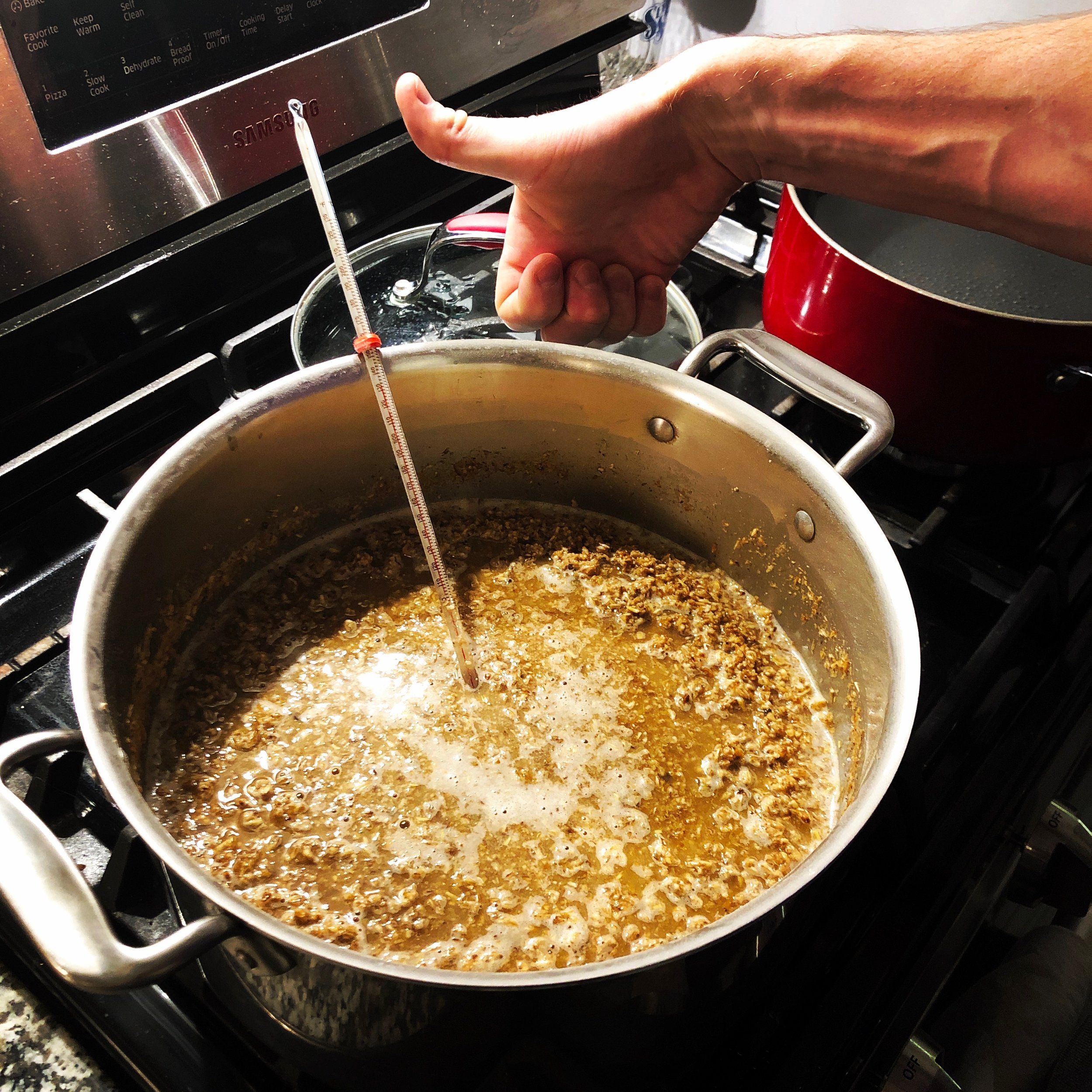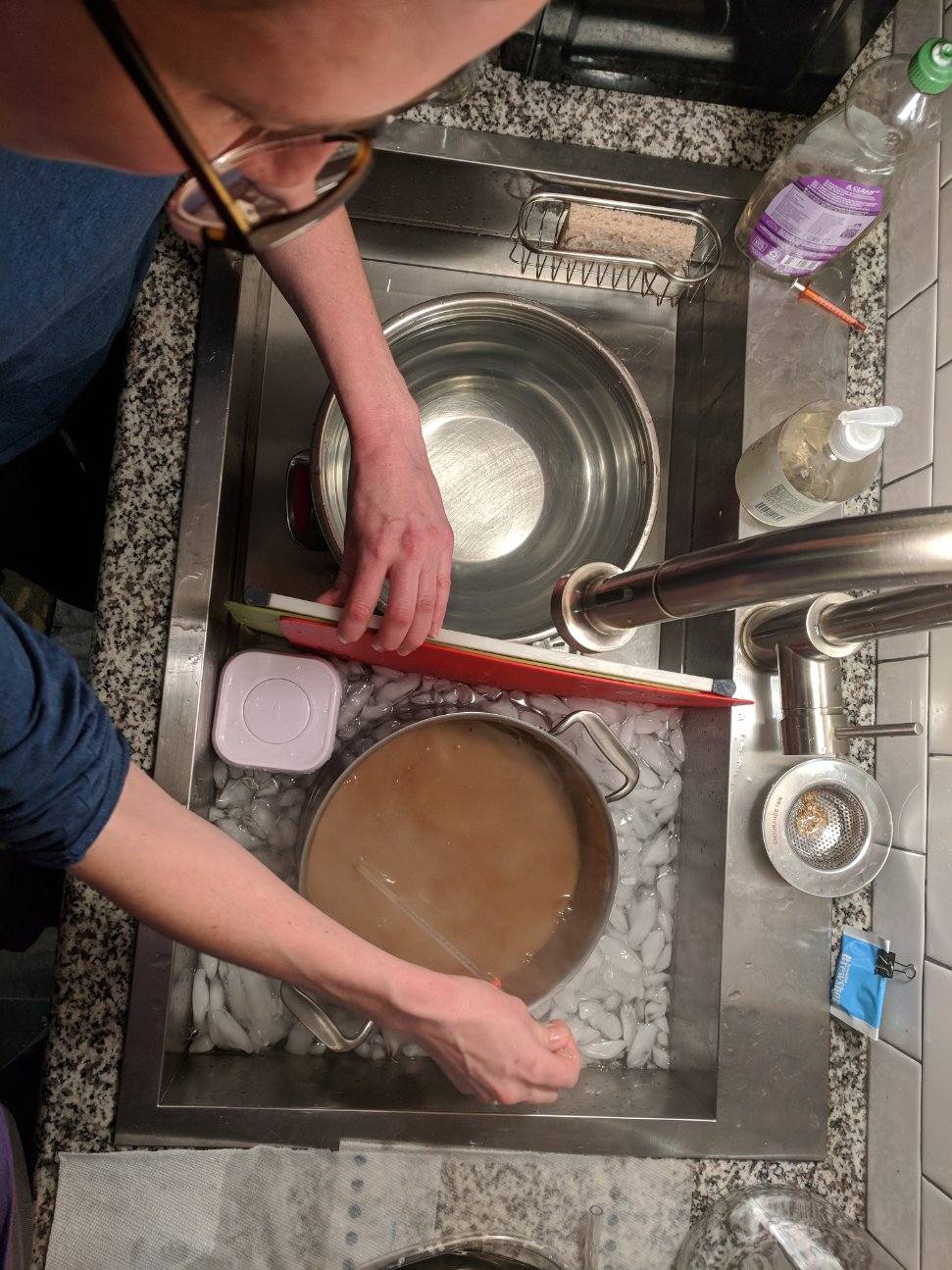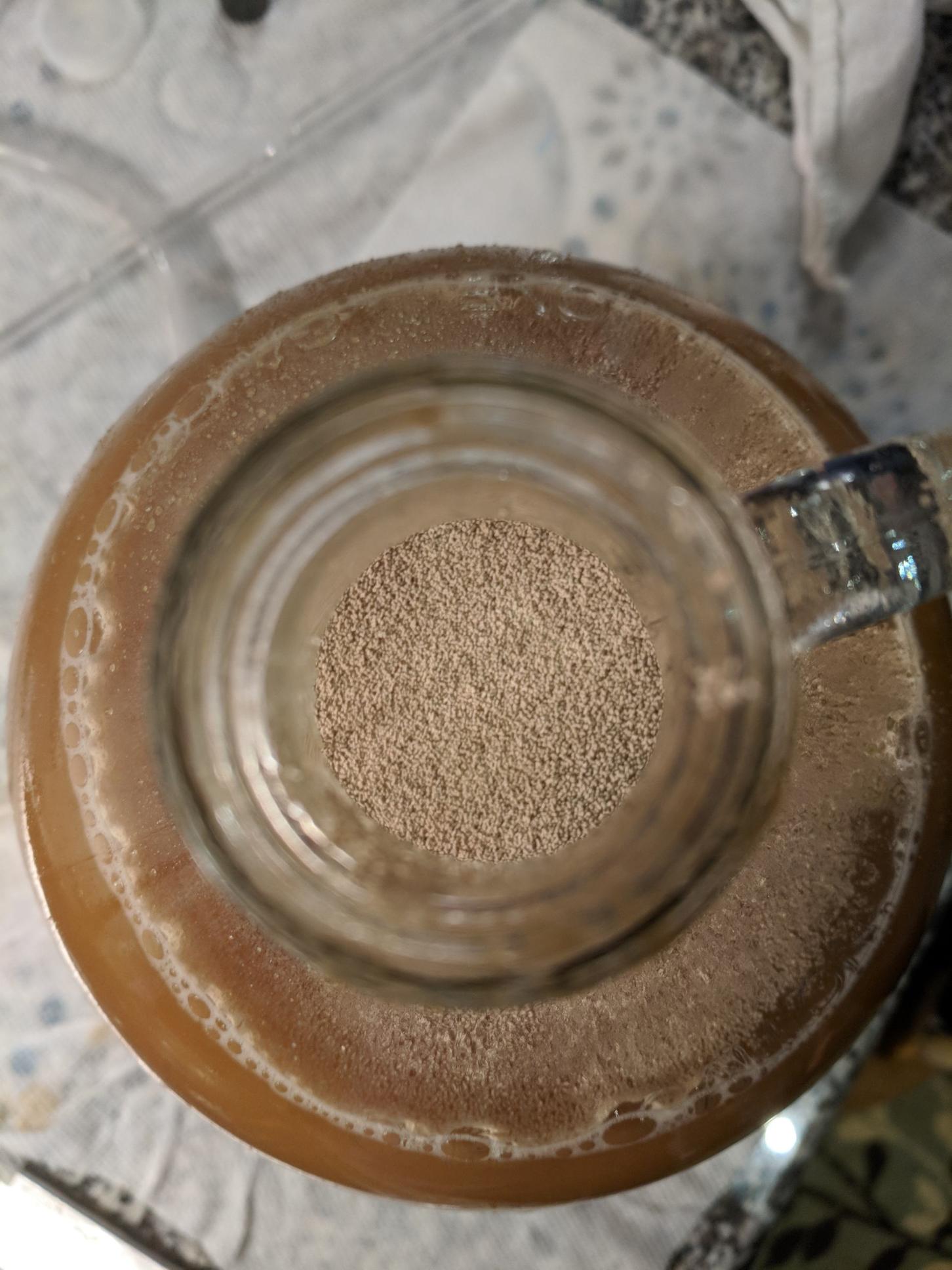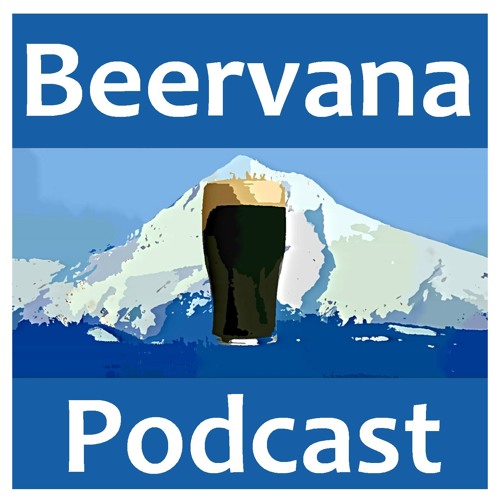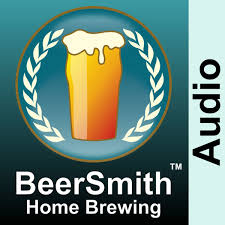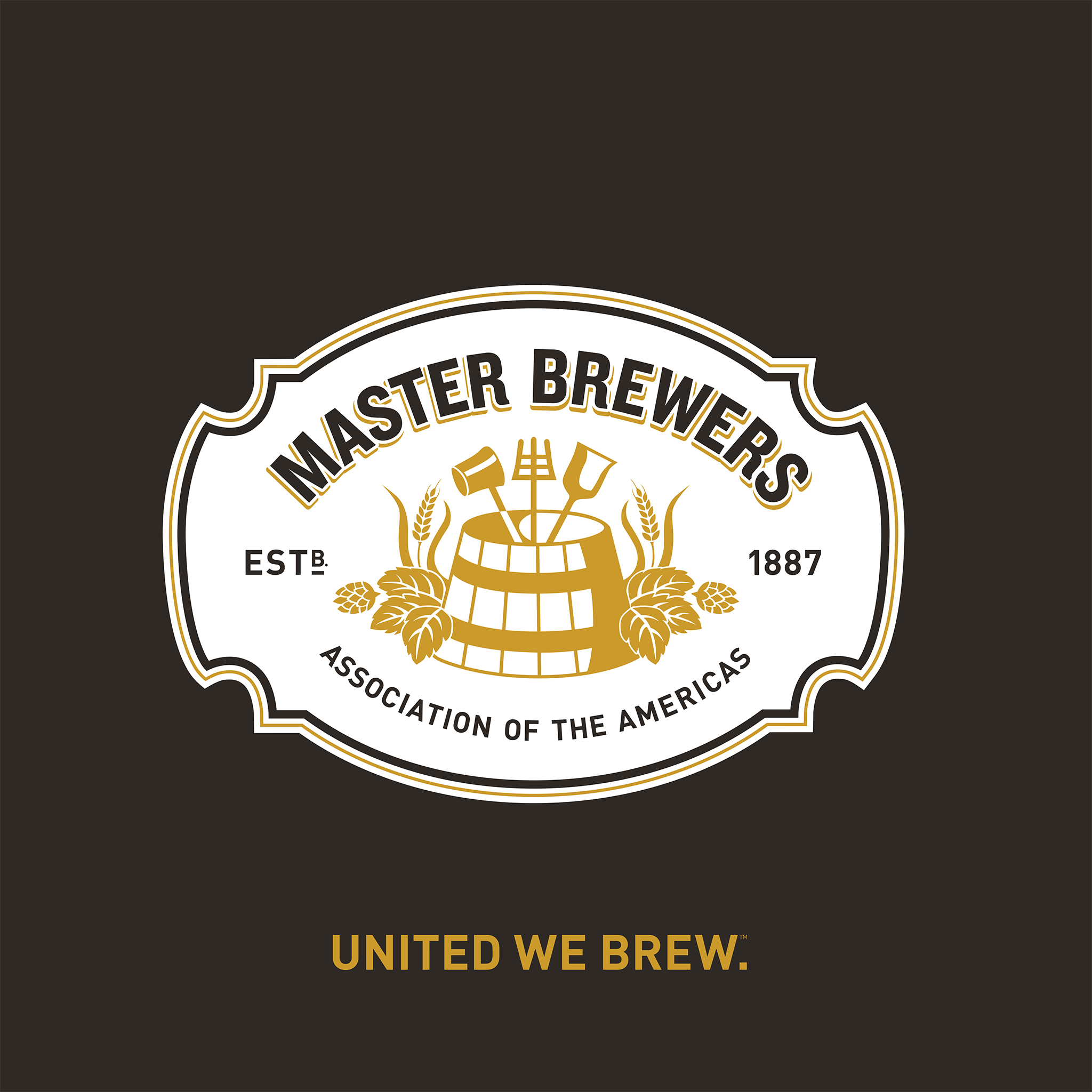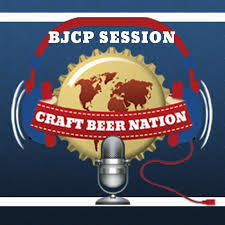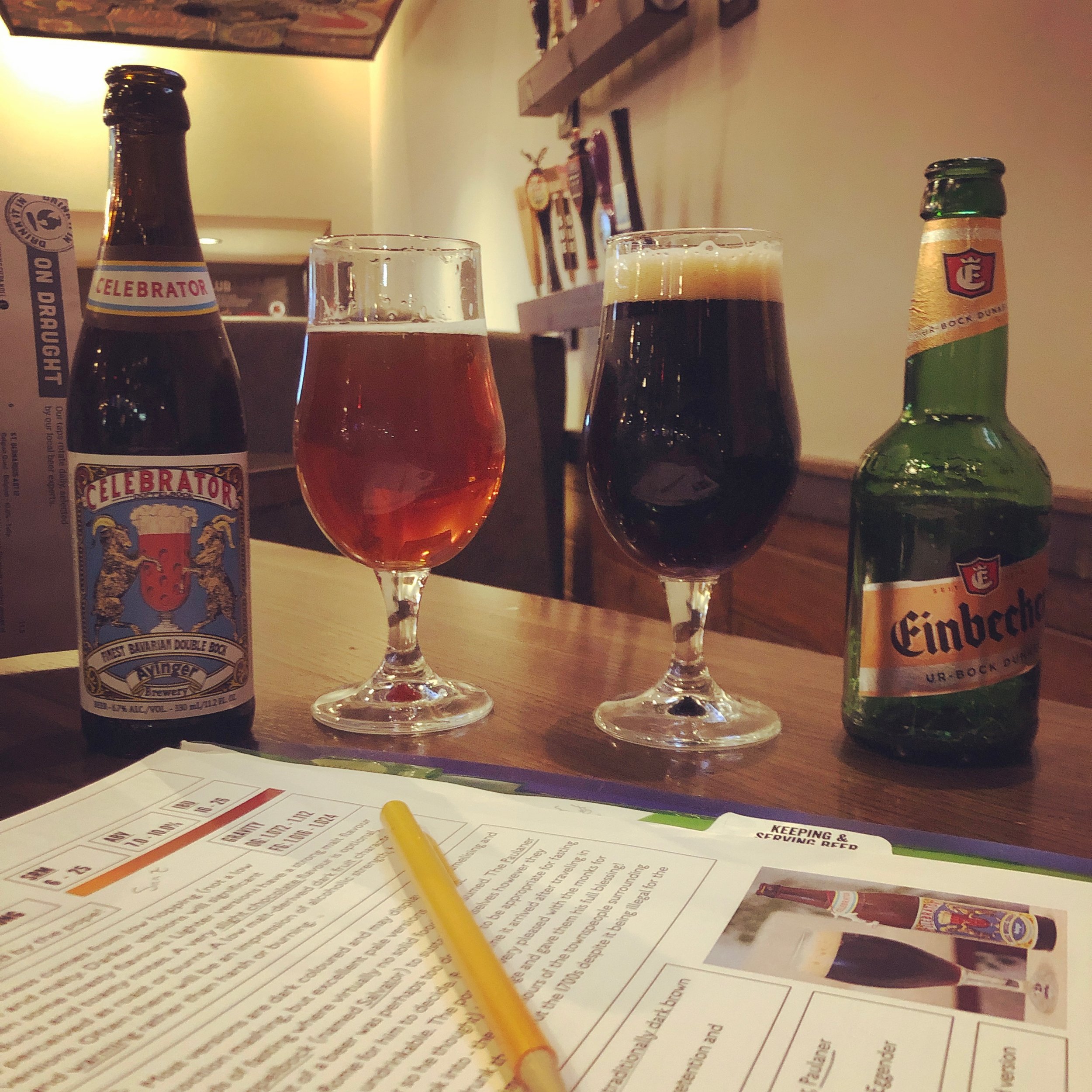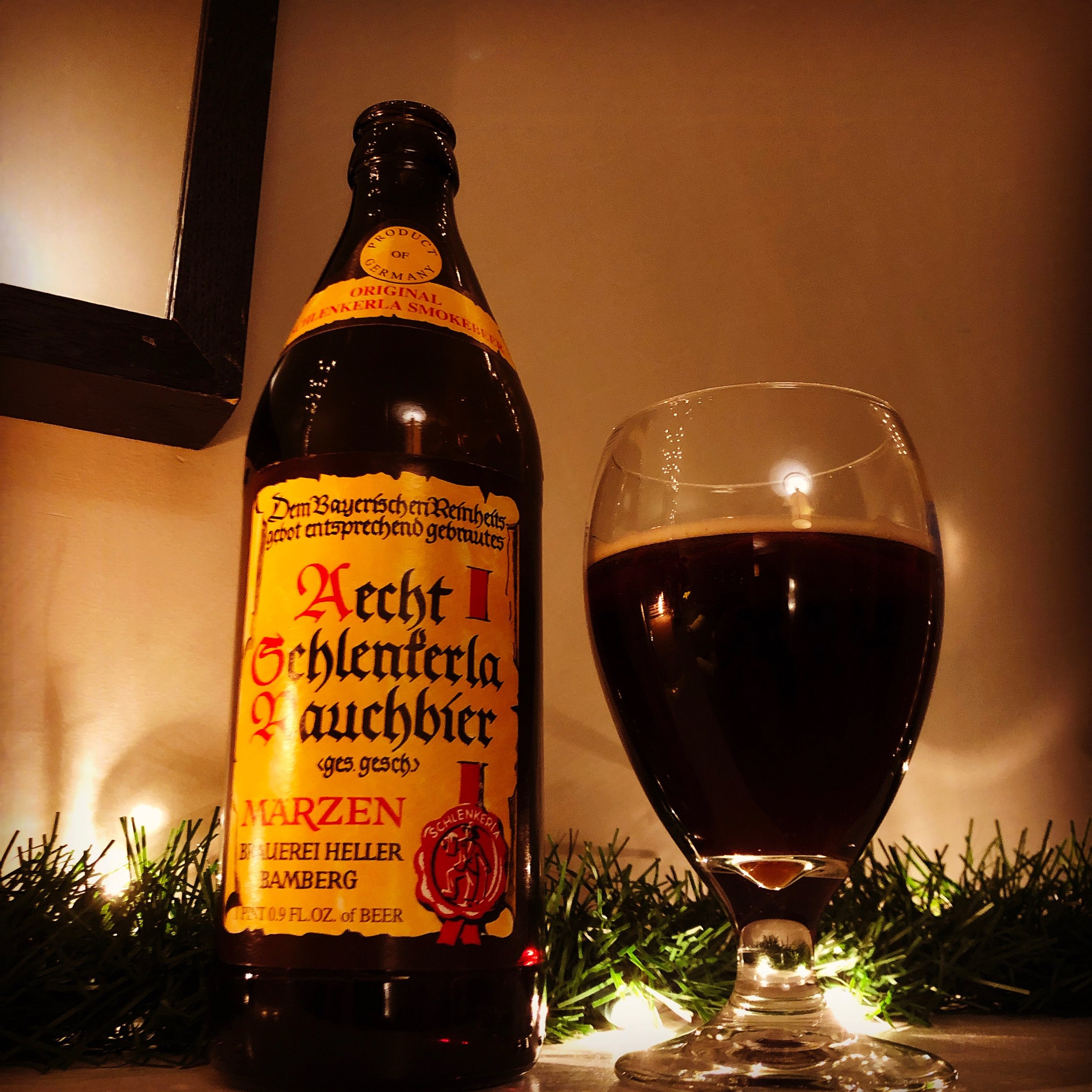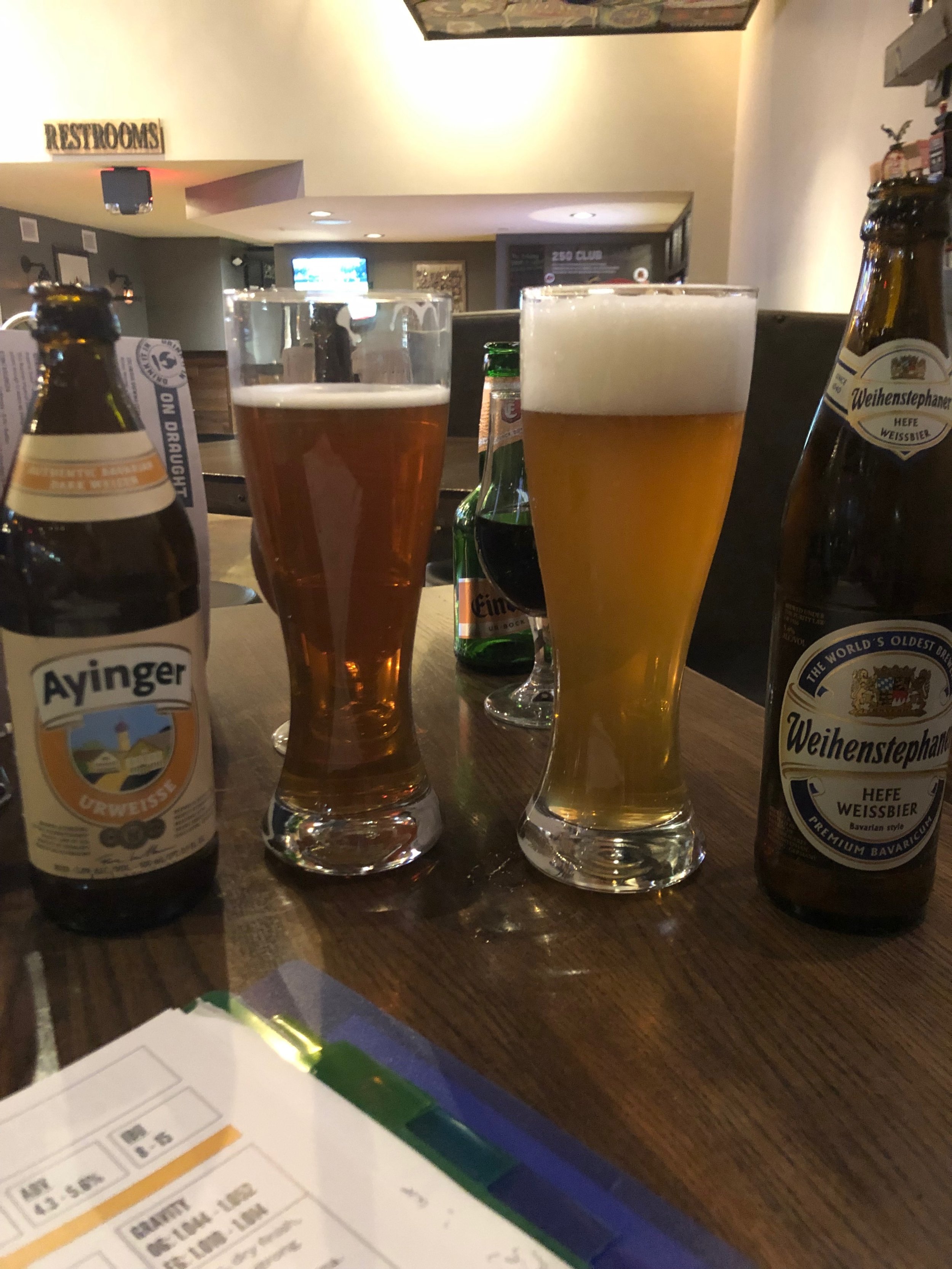How I Prepared for the Certified Cicerone Exam
Committing to the Exam (Finally)
Back in November, I committed to taking the Certified Cicerone exam. This is something that I’ve been thinking about doing for… nine or ten years now. I first heard of the Cicerone program back when I was in grad school. In my little house by the reservoir in Ann Arbor, I printed out the syllabus for the CBS (Certified Beer Server) test but never followed through with taking it. What it took to make that (relatively easy) test happen: 1) eight years, 2) stepping away from a fruitful career in education for a couple of those years, and 3) a well-timed visit to the abbey that makes Orval.
Before I visited Orval, I was unsure what I was going to do professionally. I needed a break from grading papers, so I’d applied to ed-tech companies, copy-writing gigs, marketing jobs, and come within a hair of a landing a position with PNC Bank in Pittsburgh. Not getting that job was the last straw. I cried to my dad while we had breakfast at Bob Evans, sure that no one was ever going to hire me, and flew to Frankfurt a few days later, on a whim. Jet-lagged, the first thing I did upon arriving in Heidelberg was find a quiet, cobblestone courtyard and order a Köstritzer schwarzbier. After a couple days of WWII tourism around Bastogne, I was dedicated to finding my way to Orval, even though it’s a bit of a trick to find and you pretty much have to rent a car to do so. I wanted to drink some “Orval vert” - Orval before it’s been bottle-conditioned, which you can get only at À l’Ange Gardien, the small café that’s down the street from the abbey. People talk about “life-changing” beers; for me, Orval vert was literally life-changing - sipping it was when I first considered making craft beer a job, not a hobby.

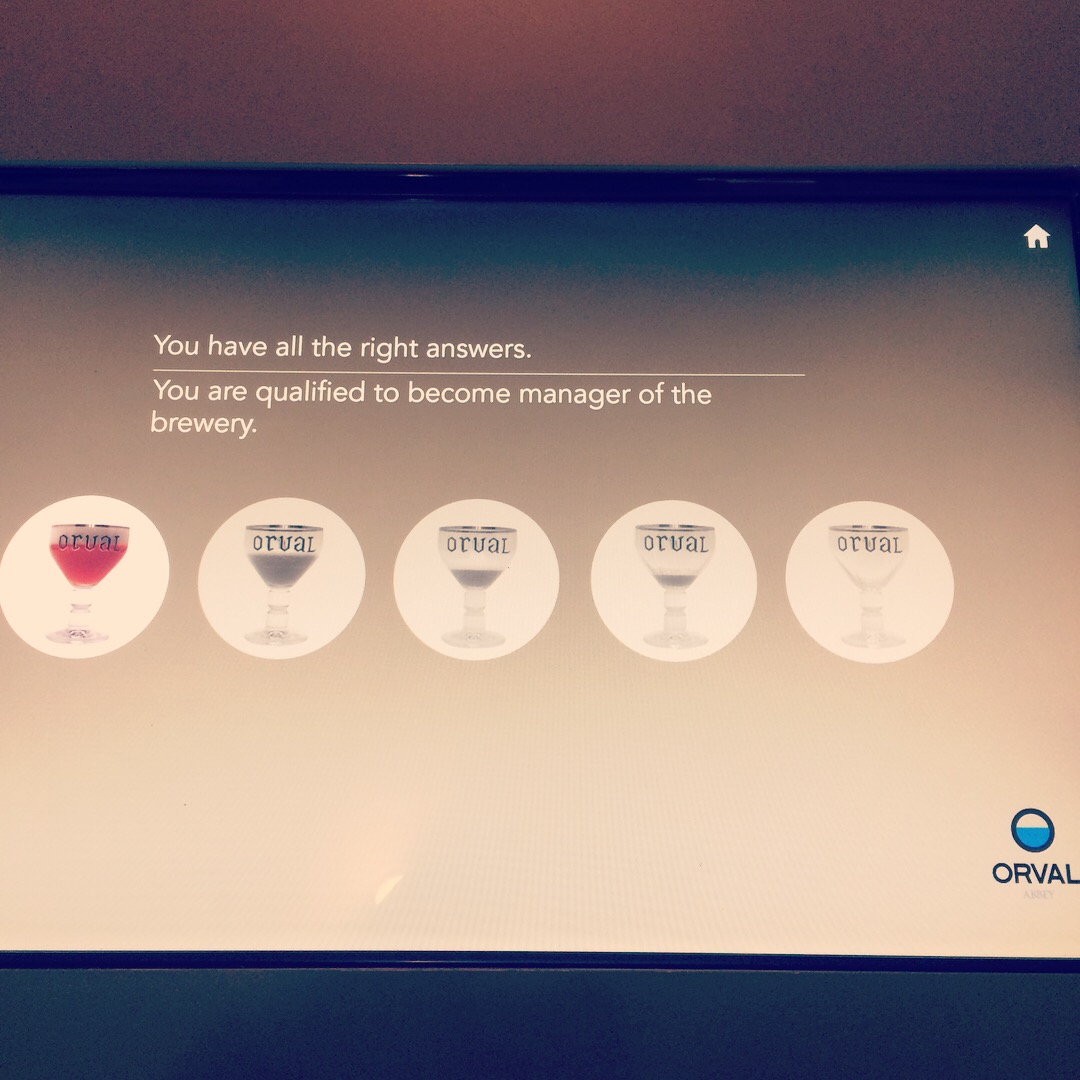
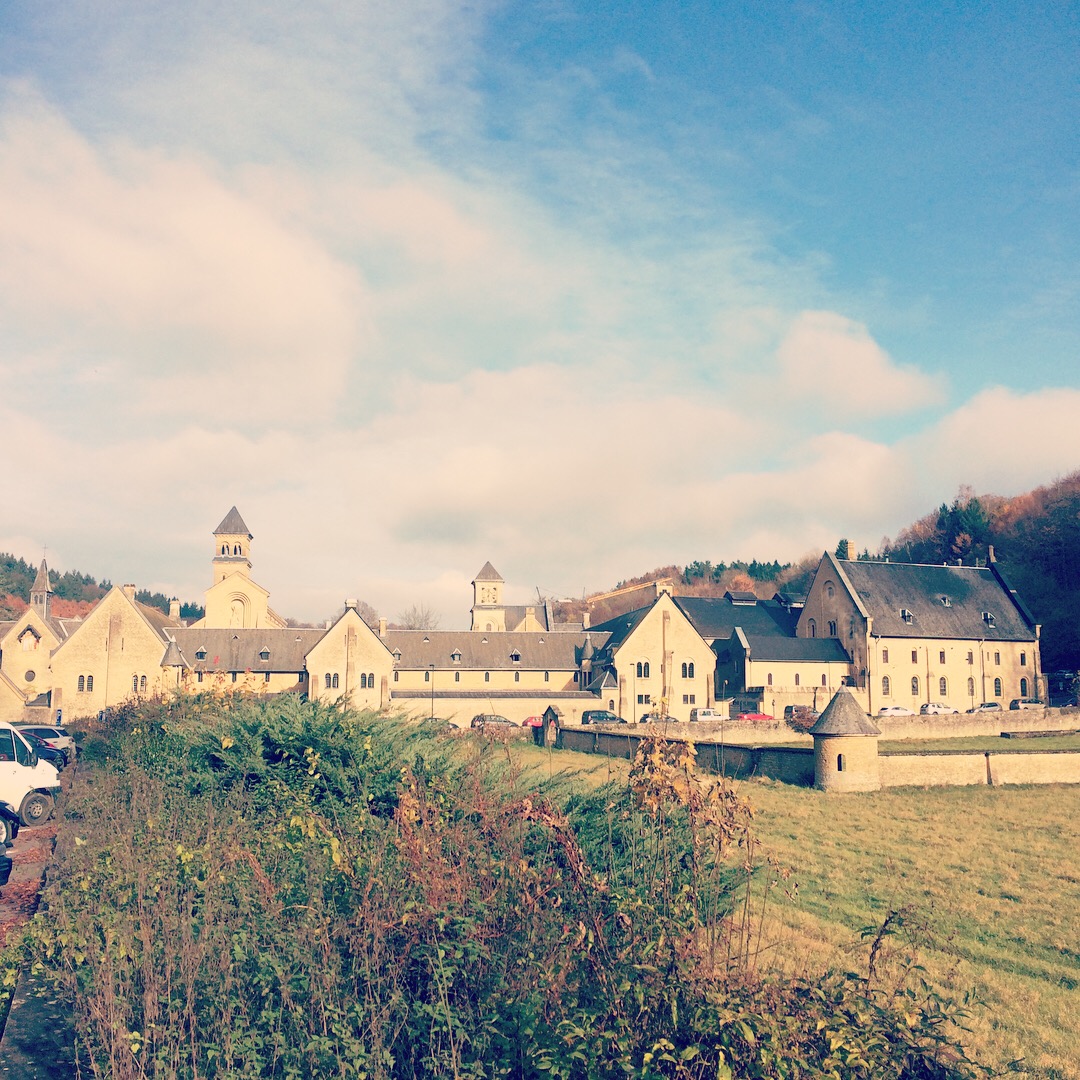
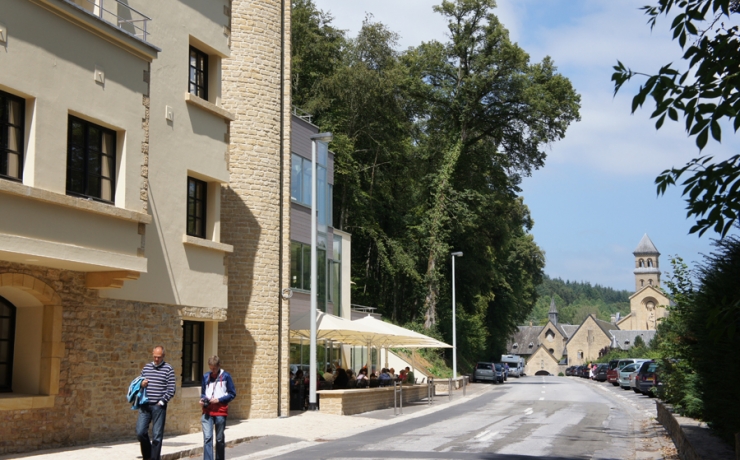
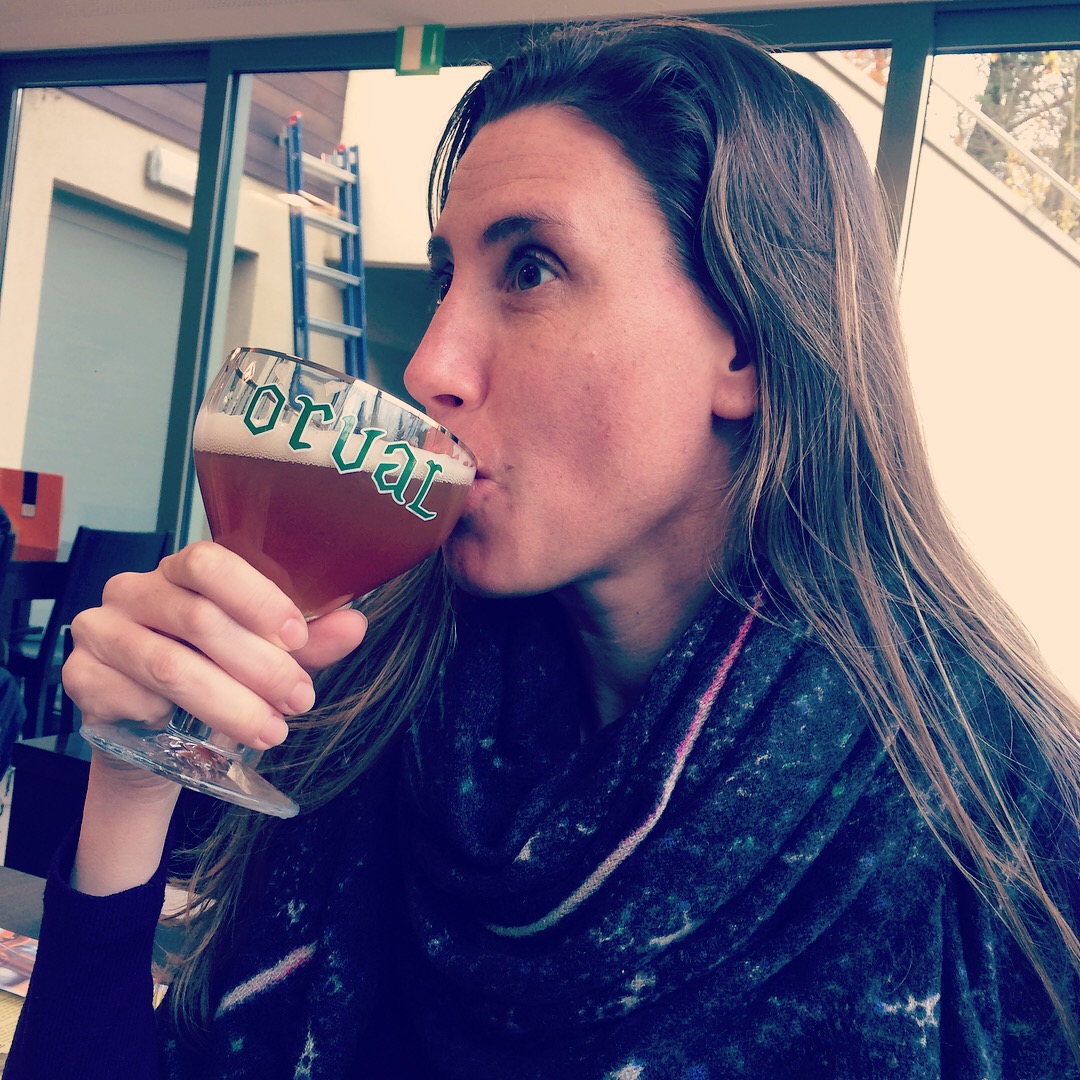
I flew home from Belgium, studied for a few days, and passed my CBS test - it’s a 30-minute, 60-question, multiple-choice test that you take online. That was November 2017, and I decided that I’d take my Cicerone exam the following summer. I got a job in a little brewery, bought Chris Cohen’s excellent study guide, and started to study informally.
In May, I moved to Ohio to start a new job with BrewDog. That move, plus apartment-hunting and a trial-by-fire first few months at work meant delaying the exam.
So then it was the November exam, at Rhinegeist in Cincinnati.
And then, in August, I moved all my stuff from Pittsburgh to a new apartment in Columbus - so then it was the Brooklyn exam, in January.
And then I got tired of all the delays.
I’ve been writing on here since July about studying for the exam, but a monthly workshop at work last Fall really got me going. (Thanks, Kayla!) Starting around Thanksgiving, I started studying at least 30 minutes every day, with the vague aim of taking the February 12 exam in Cleveland. That allowed for two and half months of dedicated studying. It depends how much experience you have in the industry, but most people suggest 3-6 months of studying. I figured that I’d kind of been studying for a year, so that intermittent studying could round my 2.5 months up.
How I Prepared
I was religious about studying - like, studying-on-Christmas-and-New-Year’s-Eve religious. I’d set the timer on my phone to 30 minutes and study nearly every day. By January, it was more like 45-60 minutes a day. In early January, I reserved my seat at the February 12 test (which BrewDog paid for, what a bonus). At that point, I just wanted the studying to be over already, for good, so I really wanted to pass the exam. For the two weeks before the test, I studied with whatever free time I had - around two to four hours a day, whenever my schedule allowed it.
Most valuable resources:
Chris Cohen’s practice tests
Cicerone style flash-cards
The BJCP app
Beervana and BJCP podcasts
Writing practice essays
Our in-house BrewDog Cicerone binder and off-flavor tastings
If you’re considering sitting for the exam, buy Chris Cohen’s Beer Scholar study guide right now. His practice tests are pretty spot-on models of the test. (More on that when I write about the experience of actually sitting for the exam.) Cohen gives you three sample tests; I took one when I first started studying, to get an idea of what the test was like, then saved the other two for after I’d studied, to get an idea of how I’d actually fare on a test. I took one two weeks before the test and the other a week before. Both identified gaps in my knowledge (for example, I realized that I needed to read up on different kinds of rests in the mash, or get more precise about ABV ranges).
One of my biggest roadblocks was memorizing commercial examples of every style. The exam covers 71 beer styles. You’ll be asked to write an essay on one of those style and in that essay, you need to mention examples of the style, from different geographic regions. If you memorize three examples of each style, that’s 213 beer names to memorize. And really, that’s more like 426 bits of information, since you need to know the brewery and beer name. (I missed one question on the exam, for example, because I cited Deschutes Back in Black as an example of a Black IPA. While Deschutes makes a classic Black IPA, it’s called Hop in the Dark, and while Back in Black is the name of a classic Black IPA, it’s made by 21st Amendment, not Deschutes. Rats. So close!)
I made lists upon lists of beer names, but the most helpful way that I learned commercial examples was by handwriting them on the Cicerone Beer Style flash cards. (As a teacher, I know that it’s more helpful to write your own flash cards, and I should have.) The flash cards are super helpful for putting styles in context: I arranged them according to ABV, according to SRM, by country, by glassware. They also let you compare really similar styles (Munich Helles, Czech Premium Pale, and German Pils, for example) by putting the cards next to each other to weed out what distinguishes them.
Definitely download the BJCP style app (it’s free!) and open it every time you drink a beer. It’ll help you remember to work through appearance, aroma, taste, and mouthfeel as you drink, as well as provide relevant history, distinctions, and commercial examples. If I need to study again, I’m also going to print a hard copy of the 2015 BJCP Style Guidelines so I can hand-write notes on it.
Podcasts meant that I could “study” on my commute to and from work. Beervana is my favorite. BeerSmith is another good one, though it sometimes gets more technical than you’ll need for the Cicerone exam (as does the Master Brewers podcast). The production quality of BJCP Review Sessions with Craft Beer Nation can make it a little hard to understand, but it’s a great way to review individual styles. (There are only nine available episodes as a podcast, and the styles accord to the BJCP styles before they were revamped in 2015, but still - helpful review.)
Writing practice essays was my biggest study aid. Cohen will give you nine examples of essay prompts; after you read those, you get the idea and can write your own. I’m a reader and writer by nature, so writing essays allowed me to best synthesize the huge amount of information that I was absorbing.
Last summer, I wrote about the in-house study materials that BrewDog provides for anyone studying for the Certified Cicerone exam. Their tone is light-hearted (as my 100-year-old grandfather would lament after perusing my binder, it’s “laced with profanity!”). That irreverence provided a big dose of what I needed in the weeks leading up to the test. Studying as much as I was, it helped to remember that it’s just beer. It’s supposed to be fun.
Our quality-assurance lab dudes, Brock and Cooper, have also started doing monthly off-flavor courses for us. It’s no coincidence that the off-flavors that I identified correctly are the ones we covered in the first course: diacetyl and oxidization. The two I missed - acetaldehyde and light-struck - are what we’re covering in this month’s course, on Thursday. I honestly don’t know how anyone prepares to pass the off-flavor part of the exam without resources like these. Many years of terrible homebrew? Very expensive flavor-spiking kits? I am very lucky to have BrewDog for this, and BrewDog is very lucky to have Brock and Cooper.
Going Into the Exam
I felt good about the written part of the exam. My commercial examples and ABV ranges were shaky up until the test, but other than that, by the week leading up to the exam, I was really looking forward to just getting in there and seeing what the questions were.
I felt good about the video demonstration, too. You sign a waiver saying that you won’t talk about the content of the exam after you take it, but most people in the industry know what the video demonstration is likely to ask. I practiced those possibilities until I had them scripted and was relieved that mine wasn’t the first exam where the Cicerone program suddenly decided to ask us to demonstrate something completely new.
A month before the exam, I was telling everyone, “I feel good about the written part but I’ll probably have to retake the tasting.” I hadn’t had enough exposure to off-flavors, I thought, to identify them. A lot of people taking the test have been homebrewing or working in the industry for years and years before they take the exam; I had entered the industry exactly one year before. But in the weeks leading up to the exam, our in-house learning and development guru, Kayla, hosted a blind tasting for us and I passed it. Our quality-assurance lab guys, Brock and Cooper, gave a demo on oxidation and diacetyl that made those off-flavors take hold for me. I bought creamed corn, Werther’s butterscotches, and green Jolly Ranchers to put in bottles of Amstel Light to make them taste like DMS, diacetyl, and acetaldehyde, respectively. The week before the test, Brock and Cooper staged a mock off-flavor test for us and I got 10/12 correct. So - at the last-minute - I was feeling good about the tasting portion, too.
Sneak peek at my write-up of taking the exam: I bombed the tasting portion of the test.
The biggest mistake I made in preparing for the exam was not tasting enough. I requested to be off work every Tuesday night because that’s when World of Beer offers discounts on bottles. I studied each region of styles for a month, so my plan was to go to World of Beer each week and, by the end of the month, to have covered all of the styles in one region.
I ended up going two or three times. (Note that all the pictures taken at World of Beer are from Germany.) It’s far away in this outdoor mall on steroids, I couldn’t get anyone to go with me, and it has this commercial chain vibe that I’m not crazy about.
Those are excuses and I’m upset with my past self for having made them. There’s just no substitute for drinking and analyzing beer. You can know the exact SRM, ABV, and history of a style and mis-identify it by a mile if you don’t have a visceral experience with which to associate it.
It would also really help to have someone who can arrange blind tastings for you. This time around, I think I’ll make a list of bottles to give to my dear sister (hi, Liv!) to take to the bottle shop and ask her to throw a couple blind samples my way every so often.
Our New Year’s Day bottle share at work was pretty epic. My job allows me to taste loads of amazing beers from around the world, but I still need to dedicate time every week to diving deep into just a few styles.
What’s Next
Now, we wait. Results of the exam take 6-8 weeks to arrive. The exam is fill-in-the-blank, short answer, essays, and a video demo, which makes it laborious to grade. Right after I took it, my plan was to re-take the tasting part as soon and as frequently as possible. One of those times, my thinking was, I’d pass it just by blind luck. (If you pass one part of the exam, you have to retake only the part that you failed.) The next, closest exam was March 12, in Detroit. I now see that that’s not sufficient time to correct my mistakes on the tasting part of the exam. (Also, that exam has since been canceled, so no choice to make!)
At any rate, I need a break from studying. And a chance to recover from the exam, which ended up being pretty emotionally trying.
The next exam in Ohio is three months away, on May 22, in Cincinnati. If I get my results March 26, that’ll give me two more months to study to retake the written part, if need be, and three months from now to develop my tasting skills.
After that, the next, closest exam is in Indianapolis, in July. So it’s going to be a long haul, no matter what. But becoming a Cicerone has been a goal for going on a decade now, and I really want to make it happen - finally - so here we go.
